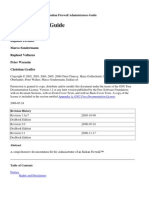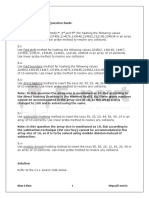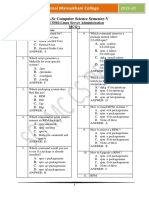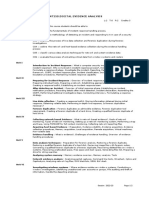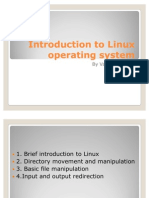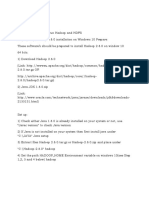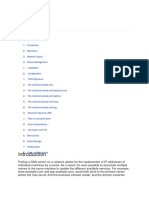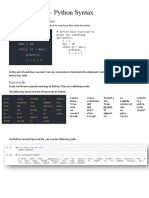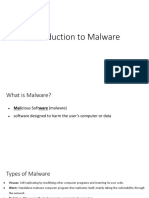0% found this document useful (0 votes)
191 views30 pagesOS Forensic Techniques Guide
This document discusses operating system forensics and focuses on Windows and Mac forensics. It covers collecting volatile system information like logged on users, open files, and running processes from Windows systems. It also covers collecting non-volatile information such as the Windows registry, event logs, and page file. The document notes the importance of analyzing the clipboard contents, Windows search index, and hidden partitions when performing Windows forensics and mentions analyzing Mac systems as well.
Uploaded by
يُ يَCopyright
© © All Rights Reserved
We take content rights seriously. If you suspect this is your content, claim it here.
Available Formats
Download as PDF, TXT or read online on Scribd
0% found this document useful (0 votes)
191 views30 pagesOS Forensic Techniques Guide
This document discusses operating system forensics and focuses on Windows and Mac forensics. It covers collecting volatile system information like logged on users, open files, and running processes from Windows systems. It also covers collecting non-volatile information such as the Windows registry, event logs, and page file. The document notes the importance of analyzing the clipboard contents, Windows search index, and hidden partitions when performing Windows forensics and mentions analyzing Mac systems as well.
Uploaded by
يُ يَCopyright
© © All Rights Reserved
We take content rights seriously. If you suspect this is your content, claim it here.
Available Formats
Download as PDF, TXT or read online on Scribd
/ 30

















